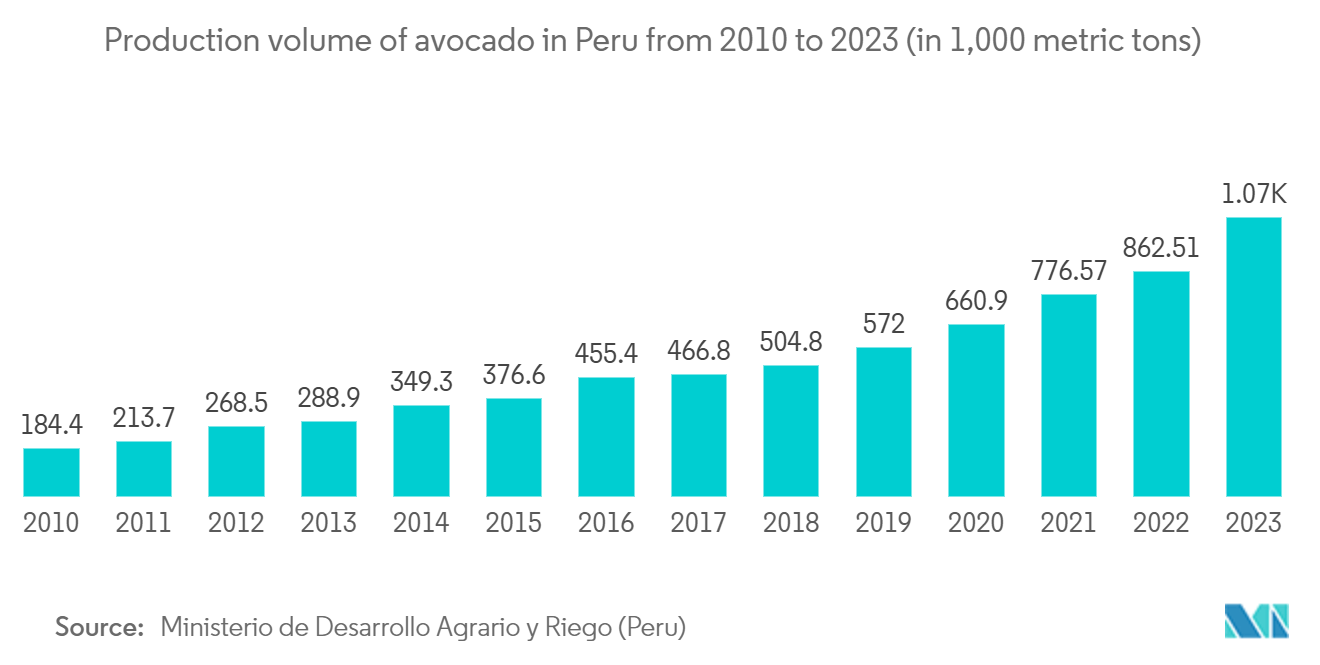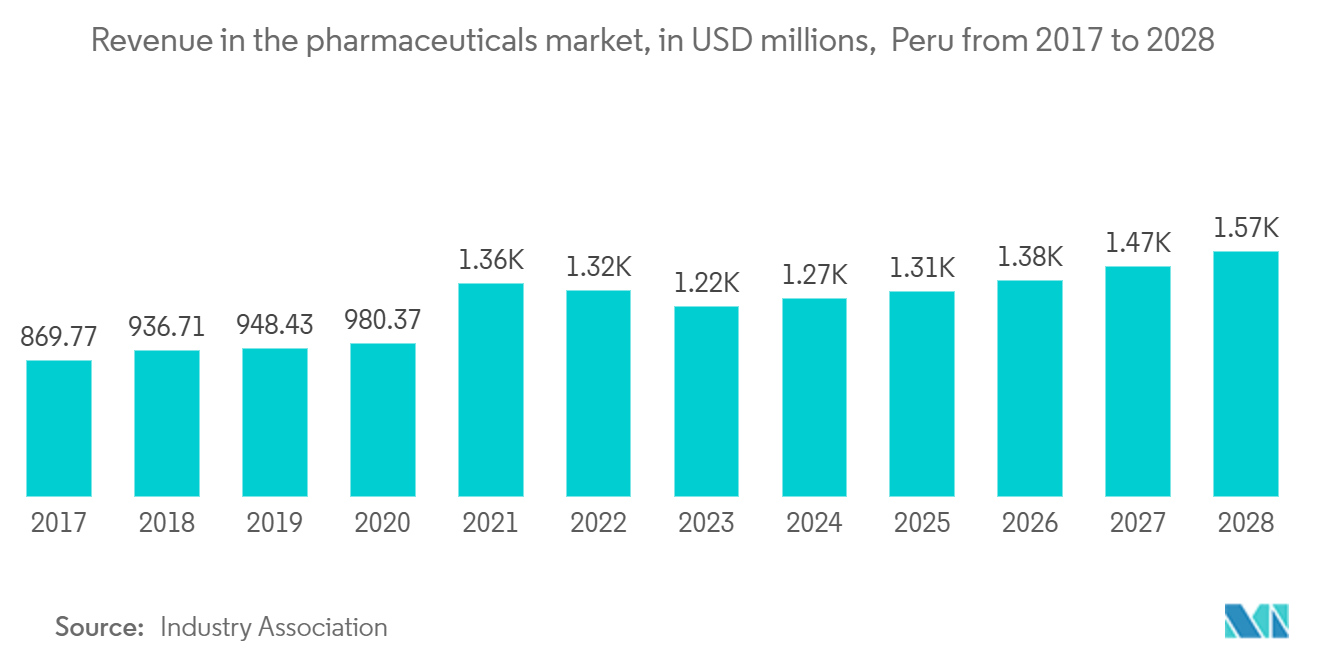Market Trends of Peru Freight And Logistics Industry
Agricultural Exports are Driving the Growth of Logistics
- Peruvian agricultural exports worldwide grew remarkably in the last few decades, from USD 645 million in 2000 to USD 10.5 billion in 2023. This exceptional achievement is attributable to favorable weather in the coastal region of Peru, investments in cutting-edge technology, and wise policies, such as the Special Labor Regime for Agriculture Legislation.
- Peru increased its production land used for high-value exports by a factor of four to approximately 200,000 hectares. The industry generates about four direct jobs in the field and one in the processing facilities per hectare. So Peru generated at least one million formal jobs. Additionally, the act opened up job prospects for women, who make up roughly 25% of the workforce.
- Agro exports are Peru's second currency generator. Since 2000, its export figures have experienced an exponential increase. Peru's wheat production was estimated at 200,000 metric tons in 2023, mainly soft wheat consumed directly in soups and purees. Wheat processed into flour for bread and pasta is imported (duty-free but with an 18% value-added tax).
- Cotton production in Peru reached 16,000 metric tons in 2023, marking an 8% increase from 2022. Cotton imports into Peru are projected to reach 68,000 metric tons in 2023, reflecting a 13% increase from 2022. The value of cotton exports reached USD 1.5 billion in 2022. The US-Peru Trade Promotion Agreement (PTPA) grants duty-free access to Peruvian textiles. In 2023, avocado production surpassed one million metric tons, representing an increase of almost 24% compared to the previous year.

The Pharmaceutical and Healthcare Industry is Growing in the Country
- The Peruvian pharmaceutical industry is highly competitive, and digital transformation positively impacts the industry. In Peru, the pharmaceutical industry is driven by increased consumer purchasing power, improved access to healthcare, and government initiatives to stock up on generic medicines.
- Composed of only a few companies, the market is mainly dominated by Inkafarma, Química Suiza, and Boticas Arcángel. The local players have grown rapidly within this market. The country has over 200 national and transnational laboratories. In addition to laboratories, other important players in the industry include pharmaceutical distributors and pharmacy chains.
- The pharmaceutical industry in Peru ranks seventh in South America, following Mexico, Brazil, Argentina, Venezuela, Colombia, and Chile. According to an industry association, the Peruvian market is unstructured, with an OTC market share of 15%, while the prescription-based market share is 85%.
- Peru has been a traditional net importer of pharmaceutical products, with the largest suppliers being the United States, Germany, and China, which account for about 44.7% of its domestic demand for imported drugs. Over the past few decades, Peru's self-medication and pharmaceutical industries have experienced rapid expansion.
- According to an industry association, the market is expected to grow by 8.1% every year to reach a value of USD 4.1 billion by 2030. The regulatory arm of the government concerned with OTC and pharmaceutical products and distribution is known as DIGEMID (Dirección General de Medicamentos, Insumos y Drogas). It often works with the National Pharmaceutical Laboratories Association of Peru (ALAFARPE in Spanish).


